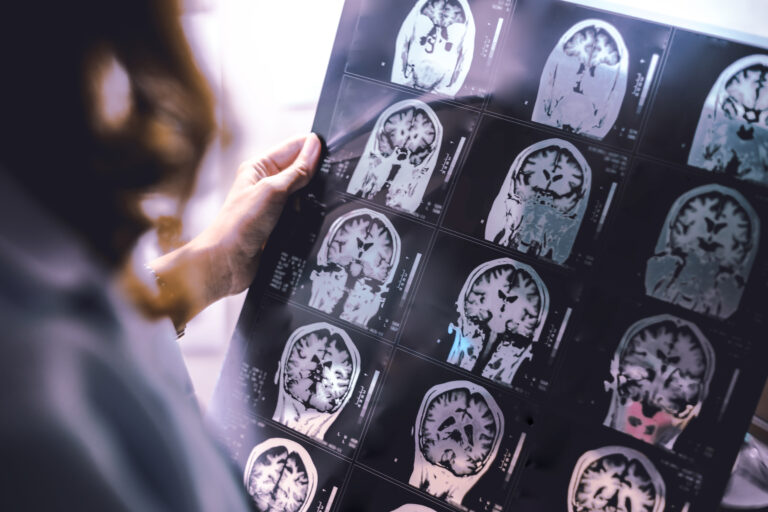Stem cell transplantation plays a significant and evolving role in the research and treatment of non-Hodgkin’s lymphoma (NHL), a diverse group of blood cancers affecting the lymphatic system. This approach primarily involves two types of transplants: autologous stem cell transplantation (ASCT), where a patient’s own stem cells are collected and reinfused after intensive therapy, and allogeneic stem cell transplantation (allo-HSCT), which uses stem cells from a donor. Both methods aim to restore the patient’s bone marrow and immune system after high-dose chemotherapy or other treatments designed to eradicate lymphoma cells.
In NHL research, stem cell transplantation has historically been a cornerstone for treating aggressive or relapsed forms of the disease. For example, in mantle cell lymphoma (MCL), a subtype of NHL known for its aggressive behavior, ASCT has been a standard consolidation therapy following induction chemotherapy. The rationale is that high-dose chemotherapy can kill more cancer cells but also damages the bone marrow, so reinfusing stem cells helps the patient recover blood cell production. However, recent clinical trials have challenged the necessity of ASCT in all patients. Research indicates that for some patients who achieve a deep remission after initial therapy, skipping ASCT does not compromise outcomes and spares them from the potential toxicities and complications associated with transplantation. This shift reflects a broader trend in NHL research toward tailoring treatment intensity based on individual patient response and risk factors.
Beyond traditional transplantation, research is also exploring how stem cell transplantation interfaces with novel therapies such as CAR-T cell therapy, an innovative immunotherapy where a patient’s T cells are genetically modified to target lymphoma cells. CAR-T therapy has shown promise especially in relapsed or refractory NHL cases, including diffuse large B-cell lymphoma (DLBCL). For patients who relapse after CAR-T therapy, allo-HSCT may be considered as a salvage option, though the optimal sequencing and combination of these therapies remain active areas of investigation. Researchers are also studying the safety and efficacy of CAR-T therapy in special populations, such as patients with lymphoma involving the central nervous system, who historically have had poor prognoses and limited treatment options.
The conditioning regimens used before stem cell transplantation are another focus of research. These regimens, which include combinations of chemotherapy drugs like carmustine, etoposide, cytarabine, and melphalan, are designed to eliminate lymphoma cells and suppress the immune system to allow engraftment of transplanted stem cells. Optimizing these regimens to maximize lymphoma control while minimizing toxicity is critical, especially as new targeted agents and immunotherapies become integrated into treatment protocols.
In summary, stem cell transplantation remains a vital tool in NHL research and treatment, but its role is becoming more nuanced. It is increasingly viewed not as a one-size-fits-all solution but as part of a personalized treatment strategy that incorporates emerging therapies and patient-specific factors. Ongoing clinical trials and translational research continue to refine when and how transplantation is used, aiming to improve survival outcomes while reducing treatment-related side effects and improving quality of life for patients with non-Hodgkin’s lymphoma.





